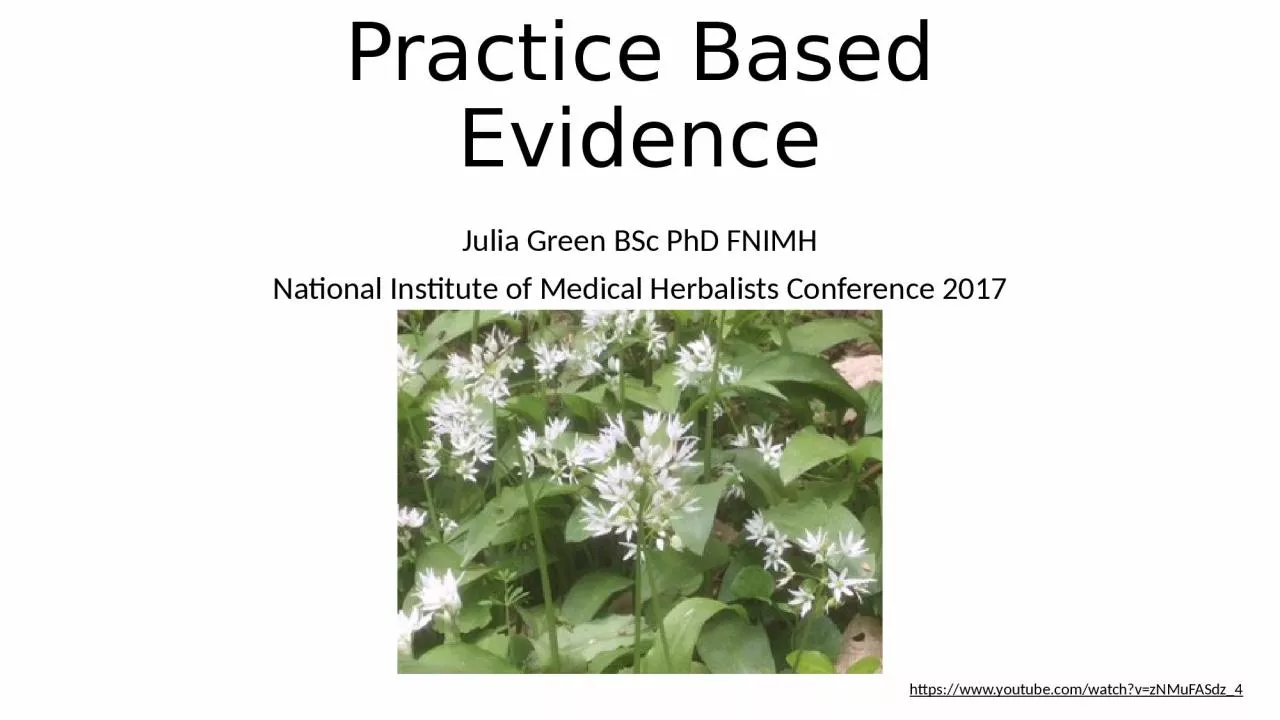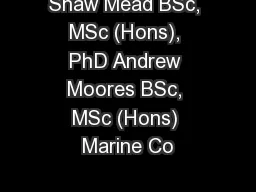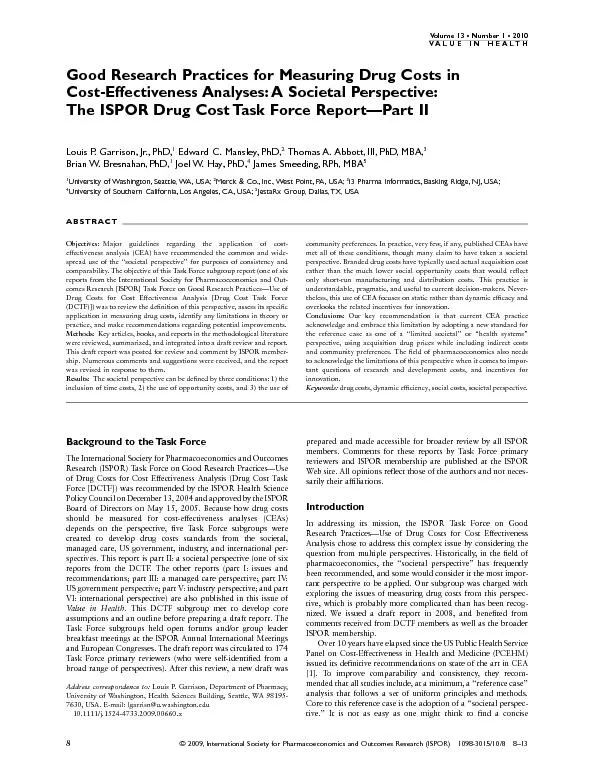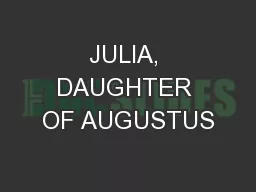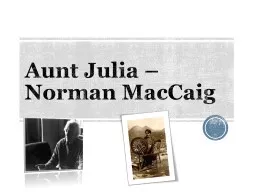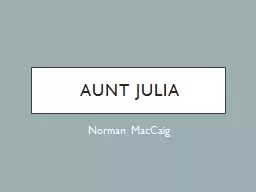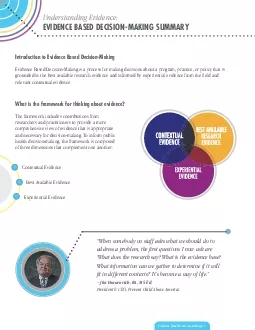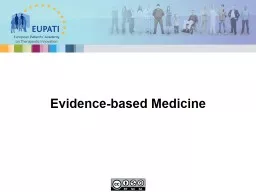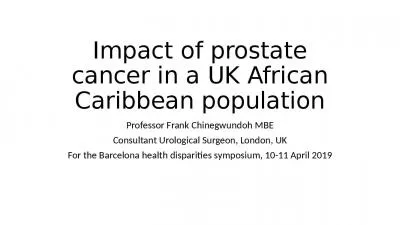PPT-Practice Based Evidence Julia Green BSc PhD FNIMH
Author : olivia | Published Date : 2023-11-22
National Institute of Medical Herbalists Conference 2017 httpswwwyoutubecomwatchvzNMuFASdz4 Workshop Plan Positioning evidence in herbal practice What is practice
Presentation Embed Code
Download Presentation
Download Presentation The PPT/PDF document "Practice Based Evidence Julia Green BSc ..." is the property of its rightful owner. Permission is granted to download and print the materials on this website for personal, non-commercial use only, and to display it on your personal computer provided you do not modify the materials and that you retain all copyright notices contained in the materials. By downloading content from our website, you accept the terms of this agreement.
Practice Based Evidence Julia Green BSc PhD FNIMH: Transcript
Download Rules Of Document
"Practice Based Evidence Julia Green BSc PhD FNIMH"The content belongs to its owner. You may download and print it for personal use, without modification, and keep all copyright notices. By downloading, you agree to these terms.
Related Documents

